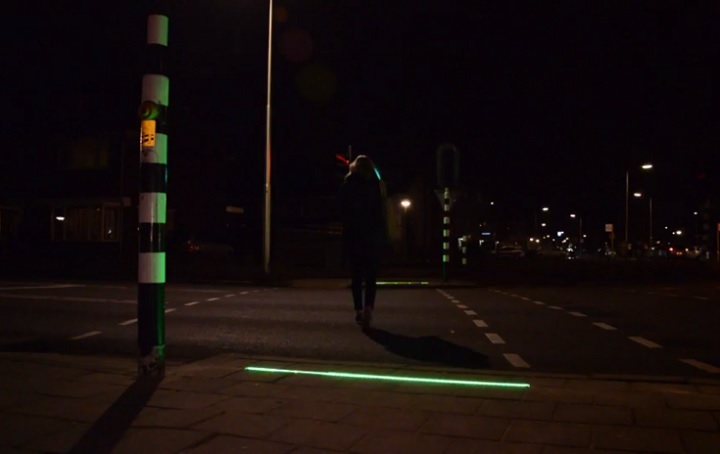
Road signs and lights should be embedded in the pavement to stop ‘zombie pedestrians’ stepping in front of cars, it has been suggested.
Speaking to the Telegraph, Shaun Helman, head of transport psychology at TRL, said redesigning the country’s streets would have a more constructive impact on road safety than trying to modify the behaviour of those addicted to their screens.
Mr Helman argues that placing important signage where people are looking – on the floor for those staring at their phone screens – could help reduce the number of pedestrian casualties caused by mobile phone distractions.
His suggestions include sticking road signs on the pavement, embedding lights near kerbs or painting guidelines for pedestrians with their eyes locked on their handsets.
Mr Helman said: “If we are thinking about injury prevention and the dominant ‘safe system’ approach used within road safety, there is actually a strong case for redesigning infrastructure over relying on other methods of changing behaviour.
“Thus, if we are to provide information to people dependent on where they are looking, it is vital that this information is placed at points where important decisions need to be made [such as junctions].”
If the Government agrees with Mr Helman, it could see Britain follow the lead of countries such as Holland and China.
After a successful trial by technology firm HIG, six towns and cities in Holland are currently installing LED lights in kerbs at junctions which flash red when it isn’t safe to cross.
In China, some cities have painted designated ‘zombie pedestrian’ lanes for those who fixated on their phones, with arrows to keep them heading in the right direction.
Hi everyone. Obviously people have their own opinions, but if you want to know what I really think (and not what was erroneously reported by the Telegraph based on a single paragraph I wrote in response to some specific questions) please see my LinkedIn post here:L https://www.linkedin.com/feed/update/urn:li:activity:6443390011990638592
Shaun, Wokingham
+3
I just checked and its not 1st April. My first reaction is to note that we already have ground level indicators of crossing places such as dropped kerbs, tactiles, black and white poles etc. My second reaction is inventors of “gizmos” often try to legitimise their products by inventing a perceived need rather than analyse the actual problem from first principles. Perhaps we should ask pedestrians to wear crash helmets as we legitimise them all bumping into each other as they peer at their devices and the (increasingly expensive) footway. A dose of better education rather than more (expensive) stuff to be ignored is what we need.
Peter Whitfield, Liverpool
+5
Of course the country’s streets should be designed to accommodate user behaviour, rather than futile attempts made to try to modify that behaviour. And what kind of an archaic system and conventions do we have anyway, where some people are happy to assume that pedestrians are to blame if they come to grief where motor traffic has been allowed to share the street space (and incorrectly assumes priority over that space) and yet not be able to safely stop where the situation (rather than traffic signs and signals) dictate.
Charles, England
+2
If the peds on their devices are not looking where they’re going, that doesn’t mean the drivers shouldn’t.
Hugh Jones
+3